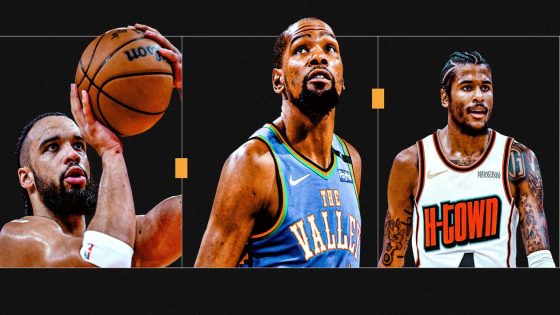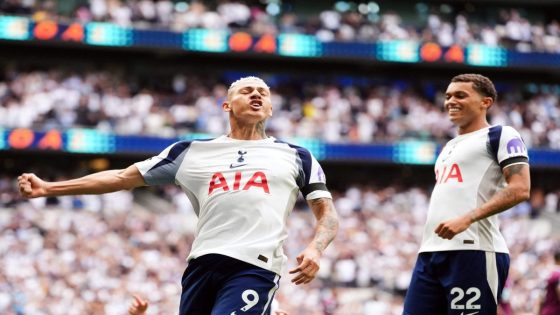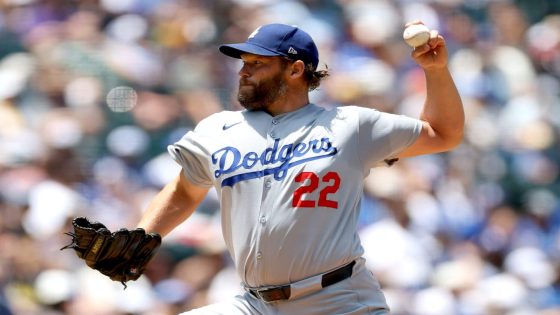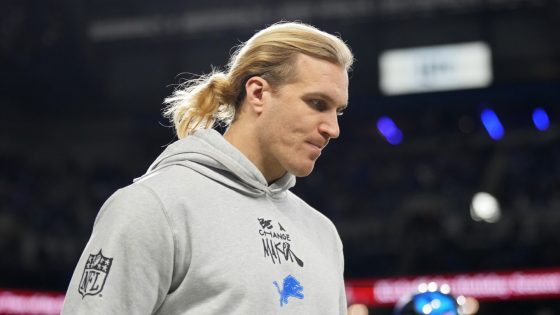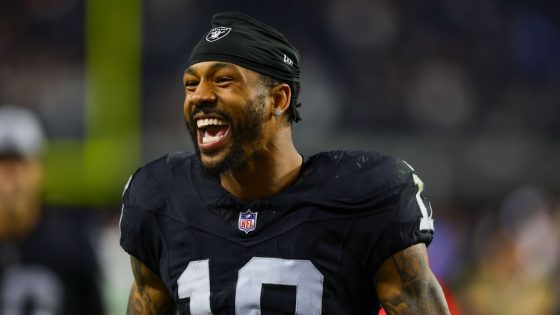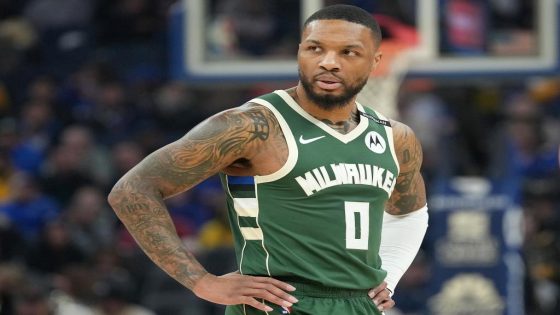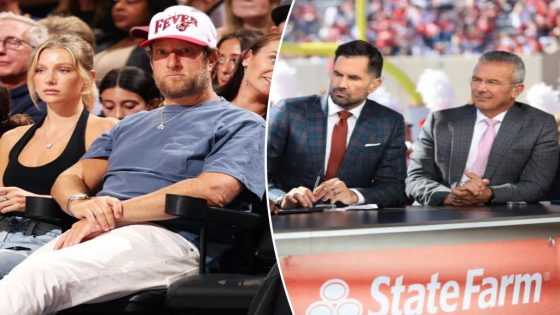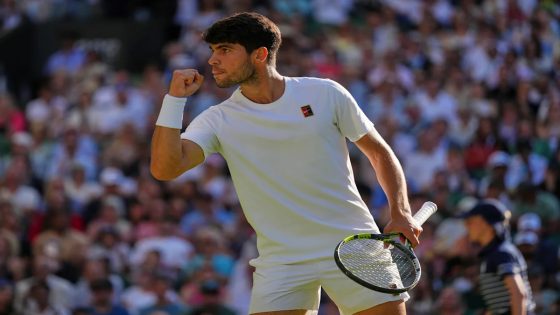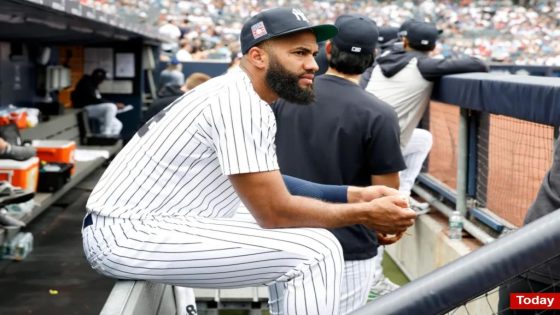The recent seven-team trade in the NBA has captured global attention, showcasing the intricate dynamics of professional basketball transactions. On July 6, 2025, teams executed a complex series of deals that highlight the strategic advantages of multi-team trades. How do these massive trades come together? It’s often a matter of leveraging smaller deals into a larger framework.
- Multi-team trades often stem from smaller deals.
- Trade exceptions incentivize simultaneous transactions.
- Draft night creates opportunities for complex trades.
- Teams must meet "touching" requirements in trades.
- Future trade exceptions may influence current deals.
- Expect more multi-team trades in the future.
As a former vice president of basketball operations, I can attest that these blockbuster trades are rarely spontaneous. Instead, they evolve from a series of smaller, interconnected agreements. This approach not only maximizes trade exceptions but also ensures that each team receives something valuable in return.
This latest trade raises an interesting question: how can teams effectively navigate such intricate negotiations? The answer lies in understanding the benefits of simultaneous trades. Key developments include:
- Teams can maximize trade exceptions by executing deals simultaneously.
- Multi-team trades often involve strategic salary adjustments to meet league requirements.
- Future trades can be influenced by the outcomes of current deals.
- More teams are likely to engage in similar complex trades moving forward.
As we look ahead, fans should prepare for more exciting trades and player movements. Keep an eye on upcoming matches and potential deals that could reshape the league!



